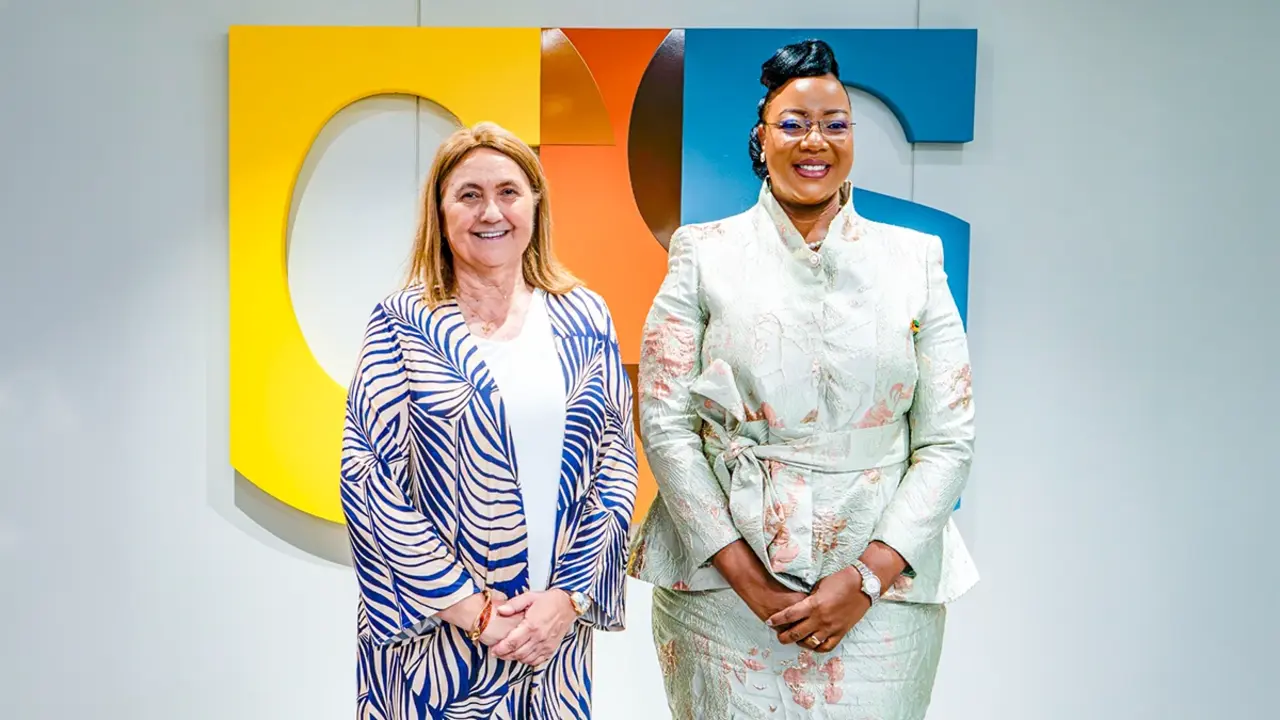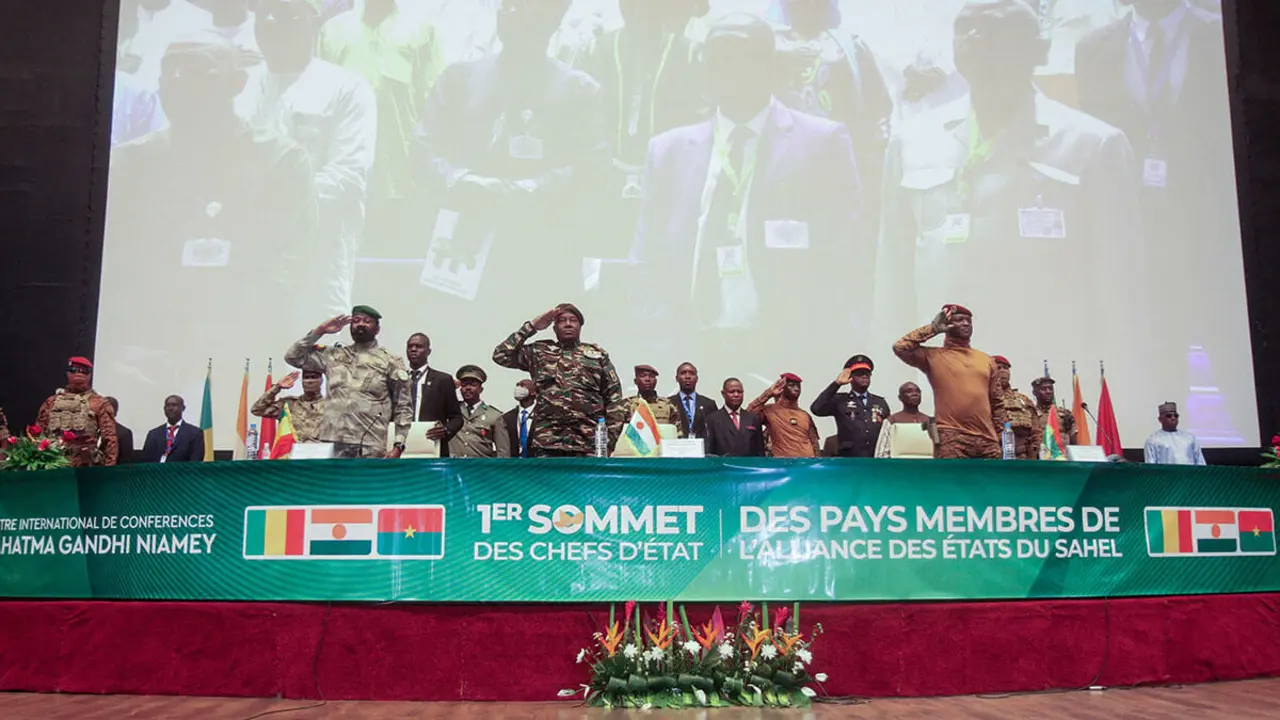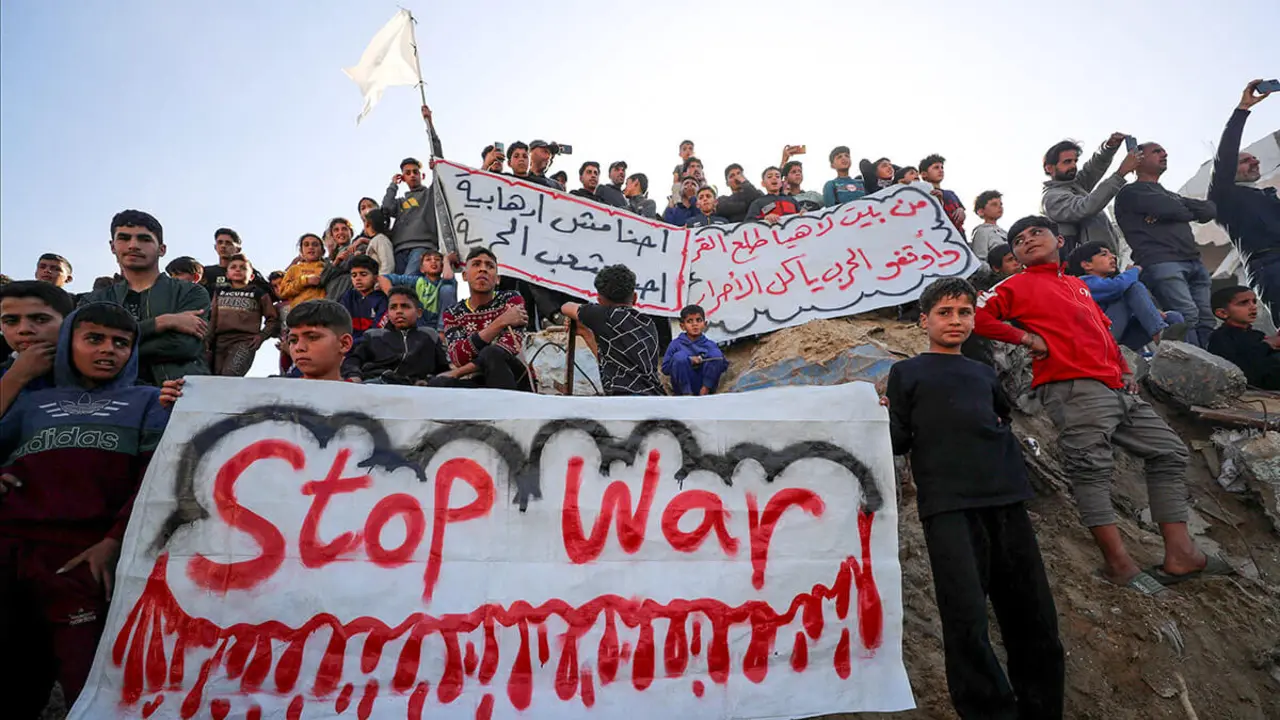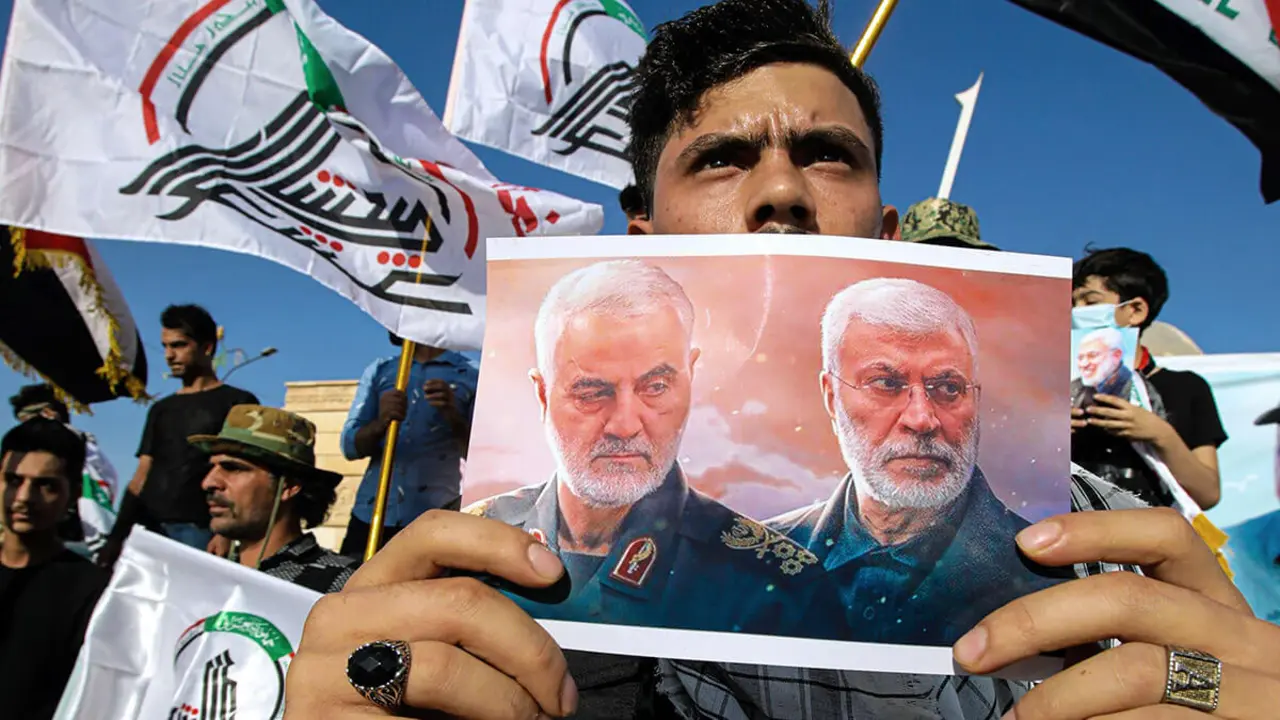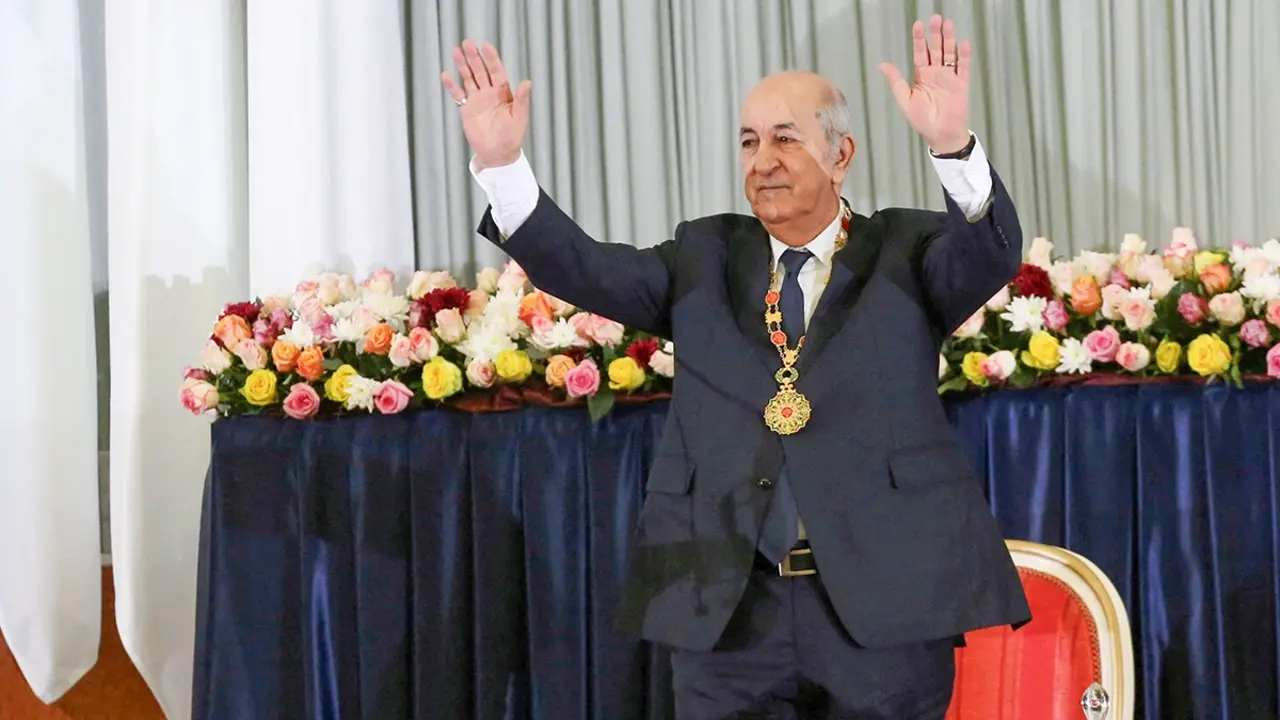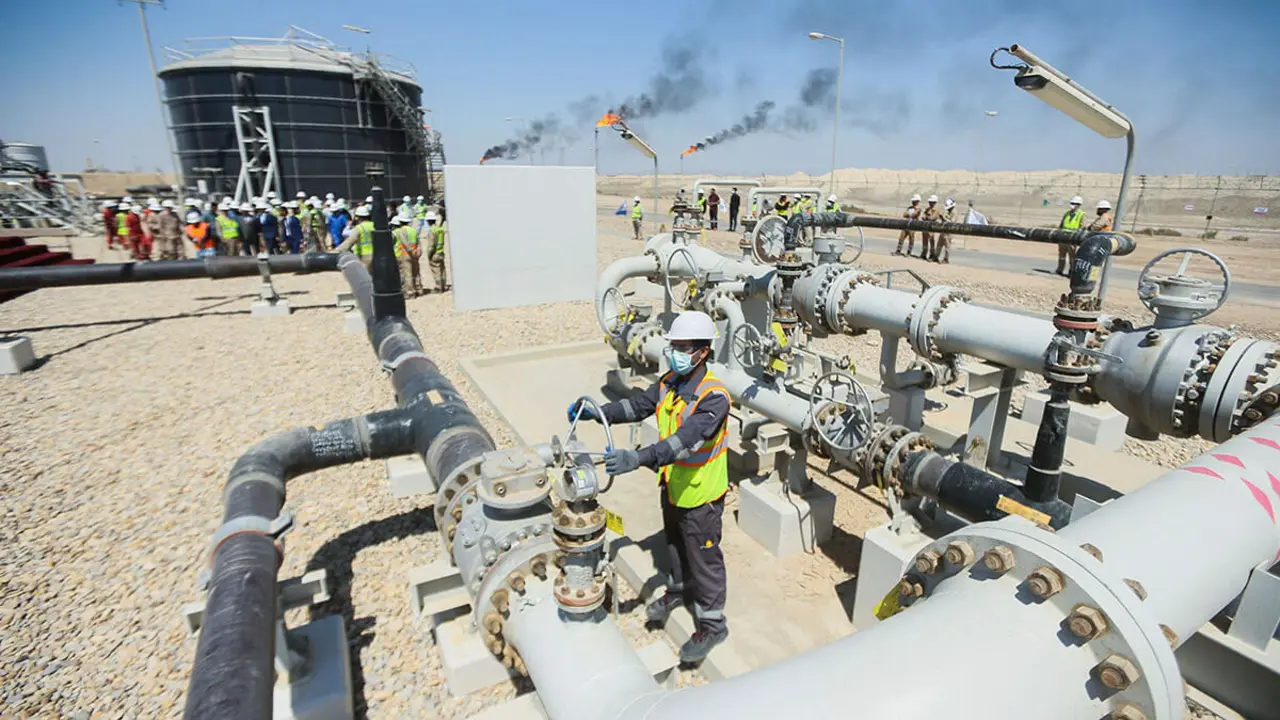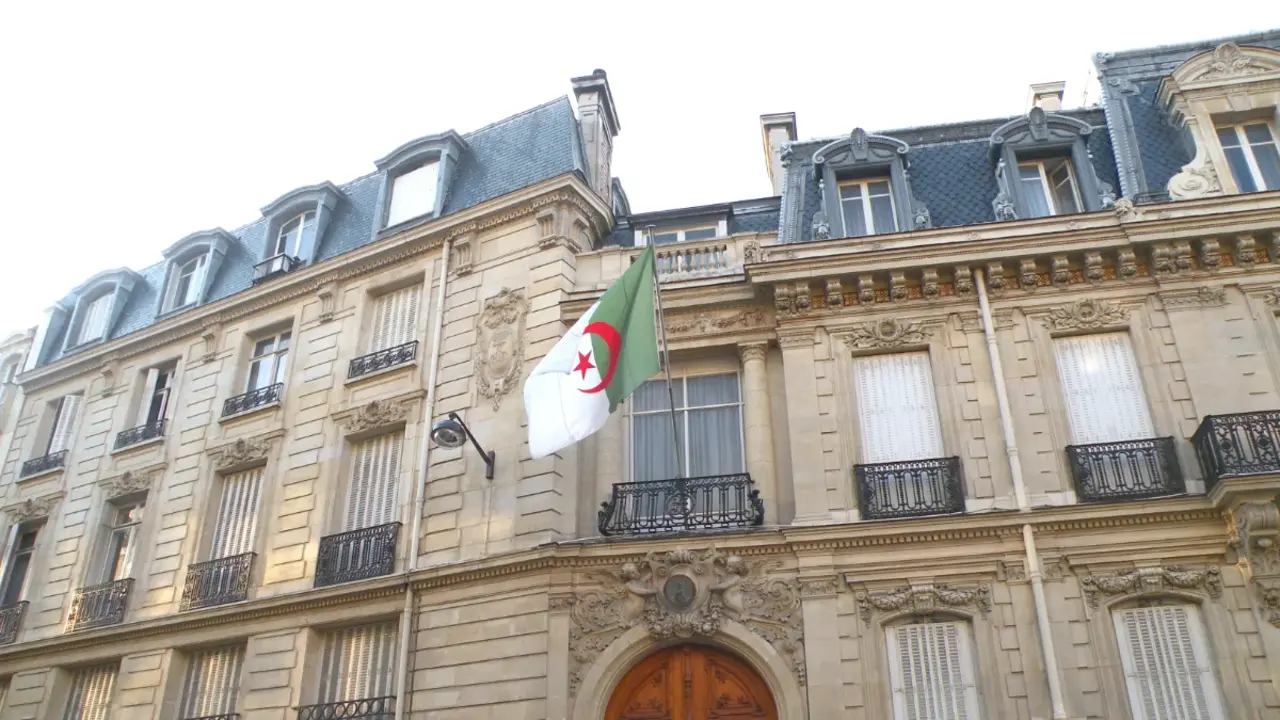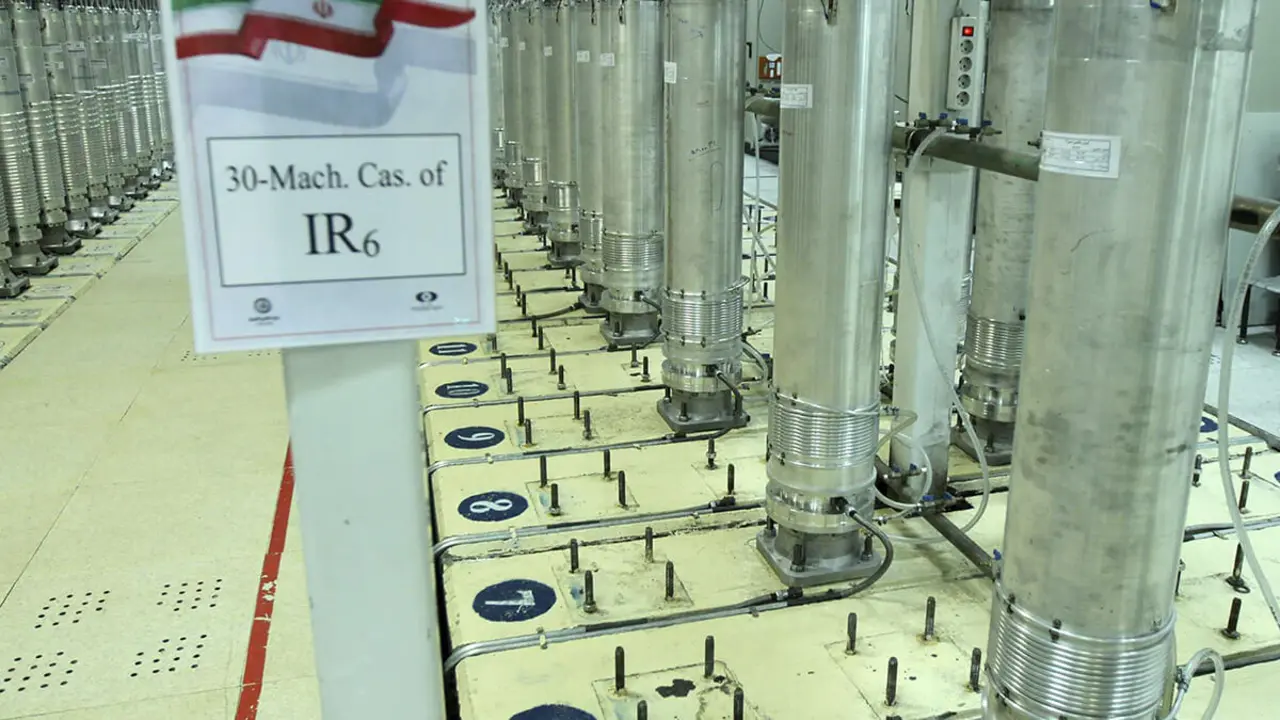Iran: Rumors about the state of health of Ali Khamenei reopen the debate of his succession

The health of Iran's Supreme Leader Ayatollah Ali Khamenei may have worsened in recent days. The hermeticism is total. The institutional channels have not pronounced on his condition, not even to deny the speculations that are trickling out of the country, but specialized media such as 'Iran International' have echoed the rumors in the absence of official confirmation. The only certainty is that Khamenei has been suffering from prostate cancer for years, a relatively treatable disease even at an advanced stage.
It would not be the first time that his health has suffered. In 2013, the already octogenarian head of the Persian state underwent surgery to treat his carcinoma. That was one of the few official information about his physical condition. Earlier, in 1981, just two years after the triumph of the Iranian Revolution, Khamenei had been the subject of an attack perpetrated by the Organization of the People's Mujahideen of Iran (Moyāhedin-e jalq, MEK), from which he survived against all odds. He has since suffered a visible disability in his right arm, which was practically paralyzed.

The lack of information has sparked the rumor mill. Any eventuality in the Iranian power organization chart would have direct and indirect consequences for the entire region. Also for the rest of the world. The context in which the Islamic Republic finds itself is especially delicate, with endless negotiations to reissue the nuclear agreement and an economy besieged by Western sanctions. The bitter rivalry with Israel, which it is trying to destabilize through its related militias, also marks the step in the Middle East.
The 83-year-old ayatollah this week canceled a meeting with the Assembly of Experts, the deliberative body of the Islamic Republic composed of 88 clerics that, among other matters, is responsible for appointing the Supreme Leader. Its members, elected by suffrage every eight years, must be approved in advance by the Guardian Council, whose members are appointed directly or indirectly by the head of State. Everything remains in the hands of Khamenei and his closest entourage.
The public website dedicated exclusively to the Supreme Leader assumes that he will be present on September 26 at the commemoration of the martyrdom of Husayn ibn Ali ibn Abi Talib, the second son of Ali, son-in-law of Muhammad and revered figure by Shiism. A day of mourning for believers of this branch of Islam. At the moment, his attendance is confirmed, but doubts do not subside, among other issues, because the rest of the state news agencies (IRNA, Mehr or Fars) have not issued information about Khamenei for some time. He's disappeared.

His last public appearance was on September 3. In the images of the event he appears at all times with a surgical mask. He was not wearing it, however, during the reception in mid-August of the Russian and Turkish presidents, Vladimir Putin and Recep Tayyip Erdoğan, convened in Tehran for a trilateral summit in Astana. It was Ebrahim Raisi, head of the government, who led the three-way meeting. The role of Khamenei was sidelined, in the background, something on the other hand usual in this type of appointments.
It is known that Khamenei, aware of his precarious state of health, has been preparing his succession to the head of the Islamic Republic for some time. There is no room for improvisation. In this scenario, two figures are emerging to take the baton: the second of the four sons of the Supreme Leader, Mojtaba Khamenei, and the current president, Ebrahim Raisi. Two heavyweights within the Iranian power scheme. One, Mojtaba, without recognized institutional responsibilities, and another, Raisi, tanned in different branches of the State.

Raisi jumped to the front line in June 2021 after winning the presidential election. There were no surprises. The former head of the Judiciary, implicated in crimes against humanity committed against political dissidents in 1988, took office in August, as planned by the Guardian Council, the body in charge of approving or not the candidacies. This institution arbitrarily disqualified the most competitive candidates at the polls to pave the way for Raisi. The move was then interpreted as a clear signal: Khamenei had chosen successor.
In recent months, however, the figure of his son Mojtaba has emerged more strongly. The 53-year-old cleric gained public exposure during the crackdown by security forces following the 2009 presidential election, which resulted in Mahmoud Ahmadinejad's controversial victory over moderate Mir-Hossein Mousavi. Some voices claim that he was in charge of directing the violent response of the authorities.
Coming from a theological and ideological environment close to the extreme right, Mojtaba is linked to the hardest wing of the regime. The opposition in exile claims that Khamenei has been delegating responsibilities to him in recent months, and it is also said that he has close connections with the Revolutionary Guard, the elite branch of the army that operates as a parallel state. The support of this establishment could be crucial to unevenness the balance in your favor.

But he has a handicap, and that is that, despite being a cleric, Mojtaba does not yet have the ayatollah credentials necessary to become Supreme Leader according to the Iranian Constitution. At the legal level, he could not take office.
The transition process does not have to be immediate. It could be days, weeks or even months. Everything will depend, of course, on the Assembly of Experts, the body composed of 88 clerics that depends in turn on Ali Khamenei. To date, the Islamic Republic has had two heads of State. First, Ruholla Khomeini, the iconic hero of the Revolution that overthrew Shah Reza Pahlavi and consolidated the new regime; then, Ali Khamenei. But his leadership was not indisputable. A few months before Khomeini's death, in 1989, all eyes were on Grand Ayatollah Husayn Ali Montazeri, whose candidacy dissipated amid mosque intrigues.

